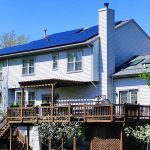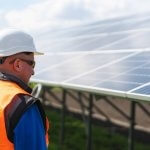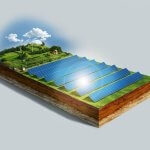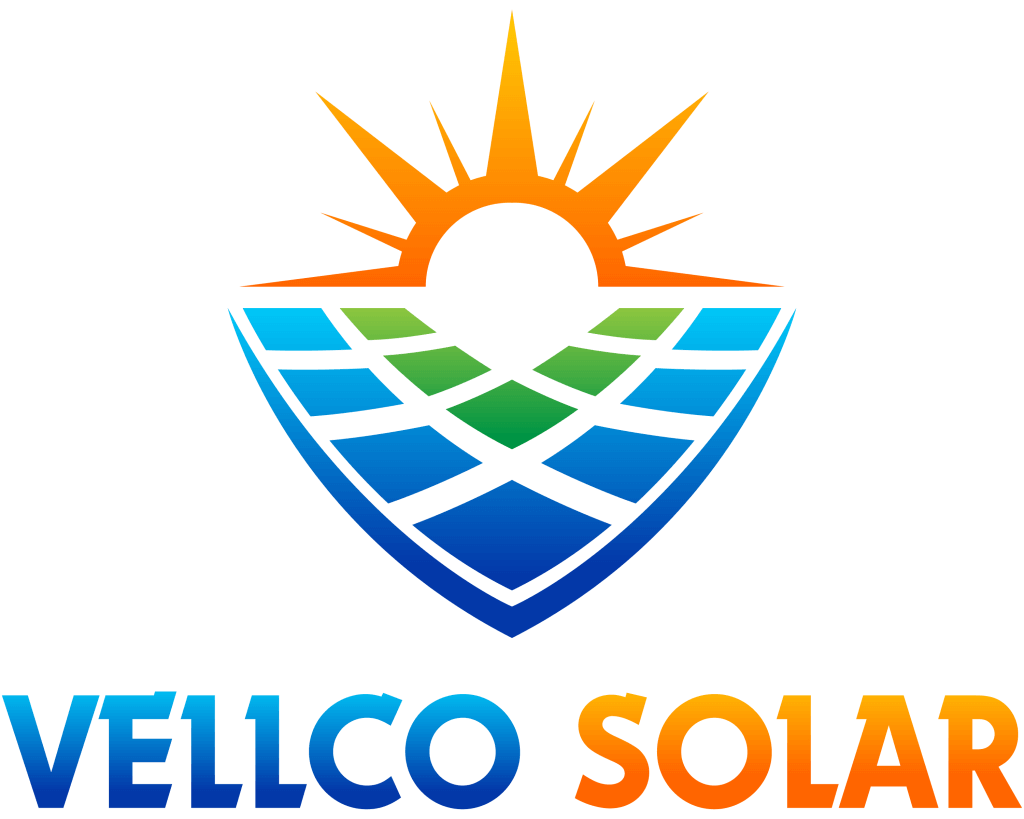Looking to maximize your home’s solar energy efficiency? Our comprehensive guide answers all your questions about home orientation, roof slope, and shade.
Home Orientation
The orientation of your home plays a crucial role in its overall energy efficiency. Orientation refers to the positioning of your home in relation to the sun. A well-oriented home can take advantage of the sun’s natural warmth in the winter while minimizing heat gain during the summer. Here are some things to consider when evaluating your home’s orientation:
North-South Orientation:
Homes that are oriented north to south typically receive equal sunlight on both the front and back sides of the home. This allows for a more balanced temperature distribution throughout the day and can reduce your heating and cooling costs.
East-West Orientation:
Homes that are oriented east to west will receive more sunlight in the morning and afternoon, leading to more significant temperature swings throughout the day. This can lead to higher heating and cooling costs, as well as increased glare and discomfort.
Obstructions: Obstructions such as trees, buildings, and other structures can significantly impact your home’s orientation. Make sure to evaluate the impact of any obstructions when considering your home’s orientation.
Roof Slope
The slope of your roof also plays a significant role in your home’s energy efficiency. The slope refers to the angle of the roof, measured in degrees. The ideal slope for your roof will depend on a variety of factors, including your climate, roof material, and local building codes. Here are some things to consider when evaluating your roof slope:
Climate:
In areas with heavy snow or rainfall, a steeper roof slope can help prevent damage from water buildup. Conversely, in areas with high temperatures, a flatter roof slope can help reduce heat buildup.
Roof Material: Different types of roofing materials may require different roof slopes. Make sure to check with your roofing manufacturer to determine the ideal slope for your specific material.
Local Building Codes: Many local building codes have specific requirements for roof slope. Make sure to check with your local authorities to ensure that your roof slope meets all necessary requirements.
Shade
Finally, shade can also play a significant role in your home’s energy efficiency. Shade can help reduce heat gain during the summer, leading to lower cooling costs. Here are some things to consider when evaluating your home’s shade:
Trees:
Trees can provide excellent shade for your home, reducing heat gain during the summer months. However, make sure to plant trees in the right location to avoid obstructing your home’s orientation or roof slope.
Awnings:
Awnings can be an effective way to provide shade for windows and doors, reducing heat gain and improving energy efficiency.
Blinds and Curtains: Finally, blinds and curtains can also be an effective way to reduce heat gain during the summer months. Make sure to close blinds and curtains during the hottest parts of the day to maximize their effectiveness.
Conclusion
Optimizing your home’s energy efficiency requires careful consideration of a variety of factors, including home orientation, roof slope, and shade. By following the tips outlined in this article, you can make informed decisions about your home’s energy efficiency and reduce your energy costs while also reducing your carbon footprint.













